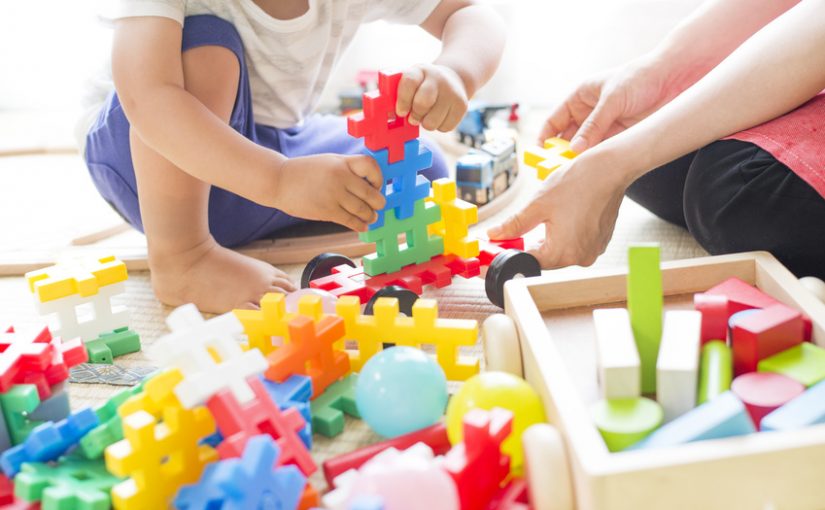By 2013, the percentage of five-year-olds enrolled in preprimary programs (such as preschool, nursery school, and kindergarten) amounted to 84%. While these kinds of programs are considered essentials by most parents, not all families are quick to agree on which are the right types of programs for their children. With so many options to choose from, this decision-making process can be extremely confusing. Should you enroll your child in preschool or opt for pre-K? And is there really that much of a difference between the two? We’re answering some of those questions in today’s post.
What Do Preschool Programs and Pre-K Classes Have in Common?
Although these two types of programs are not synonymous, they do share certain traits. They both fall under the preprimary category, meaning they’re intended to promote kindergarten readiness in young children. In many cases, both pre-K and preschool curriculums will embrace the importance of play, discovery, and hands-on experiences to encourage learning. Each may involve activities like music, dance, art, dramatic play, and some academic activities. Both provide a safe setting for skill development and social opportunities. And in most cases (though not all), both types of programs are considered to be optional.
How Do Preschool Classrooms and Pre-K Courses Differ?
There are distinct divergences between these two kinds of programs to keep in mind. When you enroll your child in preschool, you can do so when your child is three, four, or five years old. It often depends on their ability to meet certain preschool requirements and independent benchmarks, rather than an exact age. It’s seen as the first step toward preschool learning, which means that the preschool curriculum typically serves as an introduction to these concepts. Most preschools are privately owned and operated, meaning that families are responsible for paying the costs associated with tuition. Although there are some full-day preschool programs, many facilities offer half-day programs to benefit both children and their parents.
Pre-K, on the other hand, is geared towards slightly older children who will soon be entering kindergarten. While there may be some overlap in age, most pre-K students are four or five years of age. The curriculum is a bit more structured and geared towards developing the skills required to make a smooth transition into school. That’s because young children are tested for the skills they’ve acquired before they’re able to enter kindergarten. Most pre-K programs are full-day programs; although some are private, others are run by the school district and receive state funding. In certain cases, pre-K may be a requirement for young children, which is usually beneficial.
Which Option is Best For Your Family?
Some families may not actually need to choose between these two options. While some children may be ready for school after attending only a pre-K program, others may not acquire all the skills they need through pre-K alone. That’s why many families opt for both preschool and pre-K to set their children up for a high chance of success once they start school.
If your district is one that actually requires pre-K enrollment, you may still want to enroll your child in preschool first. This can help them to not only develop the educational skills they need later on, but it can also provide valuable social and emotional tools that can prepare them for life. Whether or not pre-K is essential, preschool can play a powerful role in your child’s formative years — and that’s an opportunity your family will want to carefully consider.



